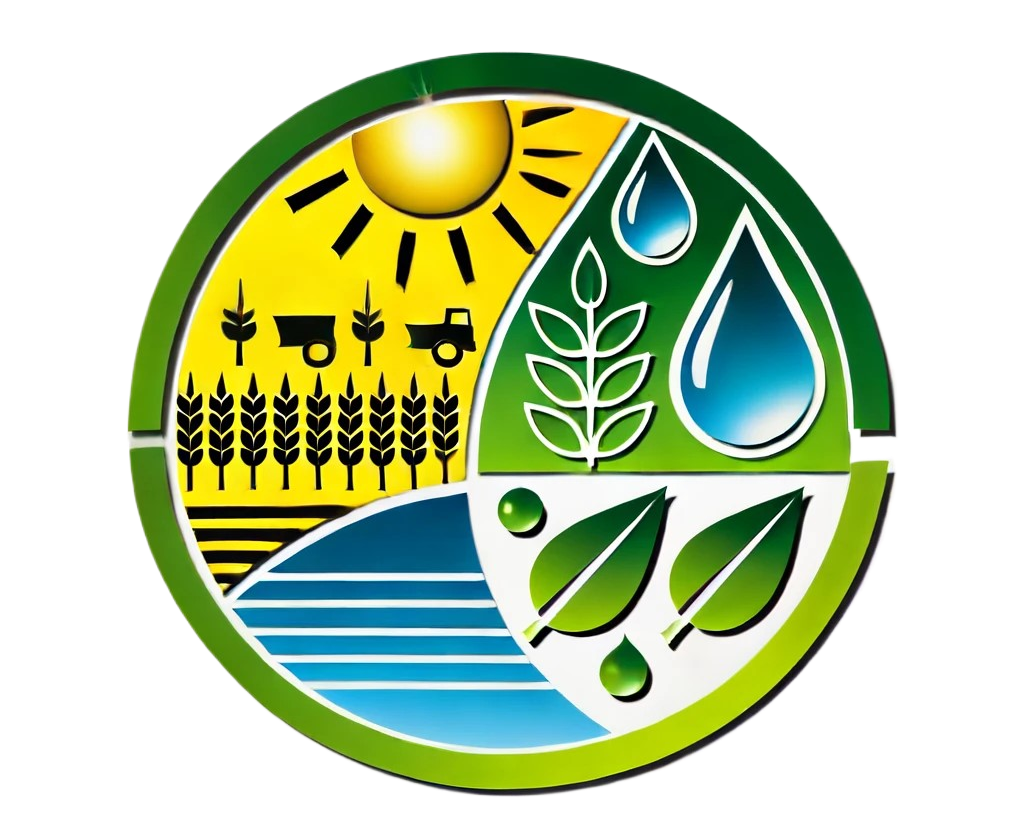The overall objectives of NEUTRALISE are mainly three, linked to each other:
1. To create a multidisciplinary research group integrating knowledge and methods to obtain an interdisciplinary operational instrument and know-how regarding the issue “climate – adaptation strategies – indicators/risk maps.
2. To overcome some limitations and weaknesses of the research conducted until now regarding the considered issues (highlighted and discussed following “INNOVATIVE OBJECTIVES”).
3. To provide data and information to stakeholders and policymakers through the use of indicators and risk maps regarding the CC impacts on water resources and farms considering the land use adaptation strategies.
Various INNOVATIVE OBJECTIVES will be achieved with the execution of the project.

A methodology will be developed to trace the joint spatiotemporal dynamics of droughts and heat waves. In the current state of the literature, this is an unexplored problem. The use of the FADN database in common among the various research units of different scientific sectors allows the valorization of the FADN database, also from the point of view of aspects that are not purely economic. The creation of climatic scenarios regarding aspects directly connected to the production process (such as irrigation use) is an innovative aspect that could stimulate other researchers and give a significant impulse to obtain increasingly reliable integrated models (Climate&Economic).
The integration of the AGRITALIM model with data on climatic scenarios regarding irrigation water allows to obtain a research and support instrument for the decisions of stakeholders and policymakers at a national level while acknowledging territorial and sectoral specificities.
Another innovative aspect is the transformation of the results of the mathematical programming model into clear indicators and risk maps. The creation of risk maps, both static and dynamic, based on the Responsiveness Score (RS) model is new within the literature on CC and its impact on agricultural targets. Typically, in fact, this literature uses descriptive indicators to map water-availability risks maps, that do not take into account the causal/inferential upstream and downstream linkages. The RS analysis allows for overcoming this limitation by adopting a data-driven approach based on a nonparametric regression analysis that embeds the input-output link between water availability and agricultural outcomes.

